Reviewed by Julianne Ngirngir
Samsung's betting big on homegrown silicon again for the Galaxy S26, and this time they might have cracked the code. After years of Exynos chips that made your phone feel like a pocket heater, the Korean giant is reportedly going all-in on a revolutionary cooling solution that could finally silence the Snapdragon skeptics. Here's what Samsung is cooking up—literally and figuratively.
The Galaxy S25 series went full Snapdragon this year because Samsung couldn't make enough Exynos 2500 chipsets to meet demand. But behind the scenes, engineers have been tackling the elephant in the room: those notorious overheating issues that plagued earlier Exynos phones. The Exynos 2400 closed performance gaps significantly, yet thermal management remained a concern for power users.
The PC cooling trick that changes everything
Samsung's secret weapon isn't just better chip design—it's borrowed cooling tech from the desktop world. The company is developing something called FOWLP-HPB (fan-out wafer-level package-heat path block), which essentially mounts a heatsink directly on top of the smartphone chipset.
This isn't your typical vapor chamber solution. PC and server processors already implement this, but chipmakers avoided it for smartphones due to size constraints. Samsung's Advanced Package team completed development by Q4 2024 and began mass production immediately.
The timing syncs perfectly with the Exynos 2600's development cycle. While it might have missed the Exynos 2500 window, this cooling solution could be ready for 2026's flagship chips. What does this actually mean for daily use? Think sustained gaming performance without throttling, camera apps that don't turn your device into a hand warmer, and battery life that doesn't nosedive during intensive tasks.
2nm manufacturing: Samsung's moonshot moment
The Exynos 2600 represents Samsung's most ambitious chip project yet, built on their cutting-edge [2nm GAA (Gate-All-Around) process](https://www.phonearena.com/news/samsung-making-excellent-progress-on-2 nm-exynos-2600-chip-for-galaxy-s26id169344). Early reports show [Samsung Foundry's 2nm yield has surpassed 40 percent](https://www.phonearena.com/news/samsung-making-excellent-progress-on-2 nm-exynos-2600-chip-for-galaxy-s26id169344), steadily closing in on TSMC's 60% benchmark.
Here's where it gets interesting: if Samsung nails this timeline, they could [beat Apple to a 2nm phone](https://www.phonearena.com/news/samsung-making-excellent-progress-on-2 nm-exynos-2600-chip-for-galaxy-s26_id169344) since reports claim the iPhone 17 will stick with 3nm across the board. The next-gen process promises 15-25% better power efficiency compared to current 3nm technology—that's the difference between a phone that lasts all day versus one that needs a midday charge.
Mass production started with prototypes, though Samsung still needs to hit that crucial 50% yield threshold for viable production. The company aims for 50-60% yields with a dedicated task force focused specifically on Exynos 2600 optimization. Translation: Samsung isn't just iterating—they're betting their silicon strategy on making 2nm work at scale.
Graphics power that might actually compete
Samsung's ditching AMD partnership for something potentially game-changing: an entirely in-house GPU for the Exynos 2600. Early leaks claim the GPU will score around 5,800 points in 3DMark Wild Life Extreme—a 60% improvement over the Exynos 2400.
Now here's the thing about these benchmark numbers: recent 3DMark Nomad Light benchmarks show real promise with the Exynos 2600's Xclipse 960 GPU scoring 3,135 points at 23.23 FPS average, while Snapdragon 8 Elite managed 2,681 points at 19.87 FPS. That's roughly 15% better performance than Qualcomm's current flagship.
The strategic shift matters because Samsung's previous Xclipse GPUs based on AMD's architecture never quite delivered on their ray-tracing promises. A former Huawei graphics veteran is reportedly leading this in-house GPU project, bringing proven mobile graphics expertise to Samsung's silicon ambitions.
The reality check: limited availability strikes again
Don't Miss: Samsung's Exynos comeback might feel like déjà vu for many buyers.
The Exynos 2600's volume could be "so limited" it mirrors the Exynos 990 situation, where Samsung launched Exynos-powered flagships in European and Asian countries while key markets like America and China got Snapdragon variants.
This pattern persists because of manufacturing economics: launching a brand-new 2nm process means lower initial yields, higher costs, and supply constraints that force Samsung to prioritize certain markets. Bloomberg reports Samsung is evaluating both Qualcomm and its own chips for the Galaxy S26 series, suggesting another regional split is inevitable.
The Galaxy S26 Ultra will reportedly stick with Snapdragon 8 Elite Gen 2 across all markets, leaving the Exynos 2600 for standard and Plus models in select regions. Early Geekbench results show the Exynos 2600 scoring 2,155 single-core and 7,788 multi-core points—modest improvements but still trailing Snapdragon 8 Elite's 2,910 and 9,152 points respectively.
Why this time might actually be different
Samsung's track record with Exynos has been… complicated. Galaxy S22 users complained about poor battery performance and regular overheating, while Snapdragon versions didn't have the same gaming performance issues despite identical pricing. Sound familiar? This feels like Samsung's "iPhone moment"—where they need to prove their silicon can match their marketing.
But here's what's different: recent Exynos chips tell a different story. The Exynos 1480 in the Galaxy A55 delivered excellent performance with 8-9 hours of screen time and no overheating issues. The Galaxy S24 FE's Exynos 2400e handles multitasking smoothly with solid gaming performance and expected battery life.
Samsung clearly worked to improve Exynos, and the results are paying dividends across multiple devices. The combination of 2nm manufacturing, PC-grade cooling technology, and in-house GPU development suggests Samsung isn't just fixing problems—they're fundamentally rethinking their approach to mobile silicon design.
Could Samsung finally stick the landing?
Here's the thing: Samsung has been here before, promising Exynos redemption with each new generation. But the Galaxy S26's success with Exynos hinges on execution, not just specs. Samsung expects to finalize the Exynos 2600 design by Q3 2025, with the chip going head-to-head against Qualcomm's Snapdragon 8 Elite Gen 2 and Apple's A19 Pro.
Early signs look promising, but the real test comes down to thermal management and sustained performance under real-world conditions. If Samsung's PC cooling solution works as advertised, and if 2nm manufacturing delivers on efficiency promises, the Exynos 2600 could finally give Snapdragon a run for its money in markets that actually matter.
PRO TIP: If you're in a region that typically gets Exynos variants, the Galaxy S26 launch might be worth waiting for—assuming Samsung doesn't repeat the limited availability playbook from previous generations.
The Samsung you know might be planning something strange, but this time the technical fundamentals—advanced cooling, 2nm efficiency gains, and purpose-built GPU architecture—suggest they're tackling the root causes of Exynos problems rather than just promising incremental improvements. Whether that translates to a device you'd actually want to buy remains the billion-dollar question for 2026.





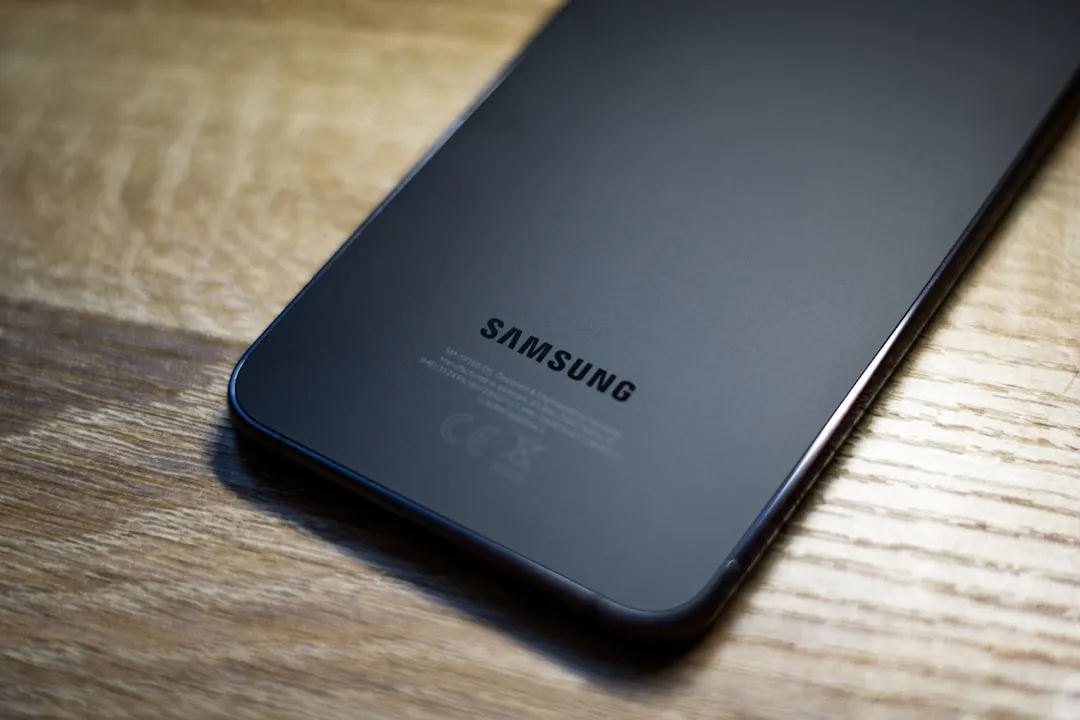
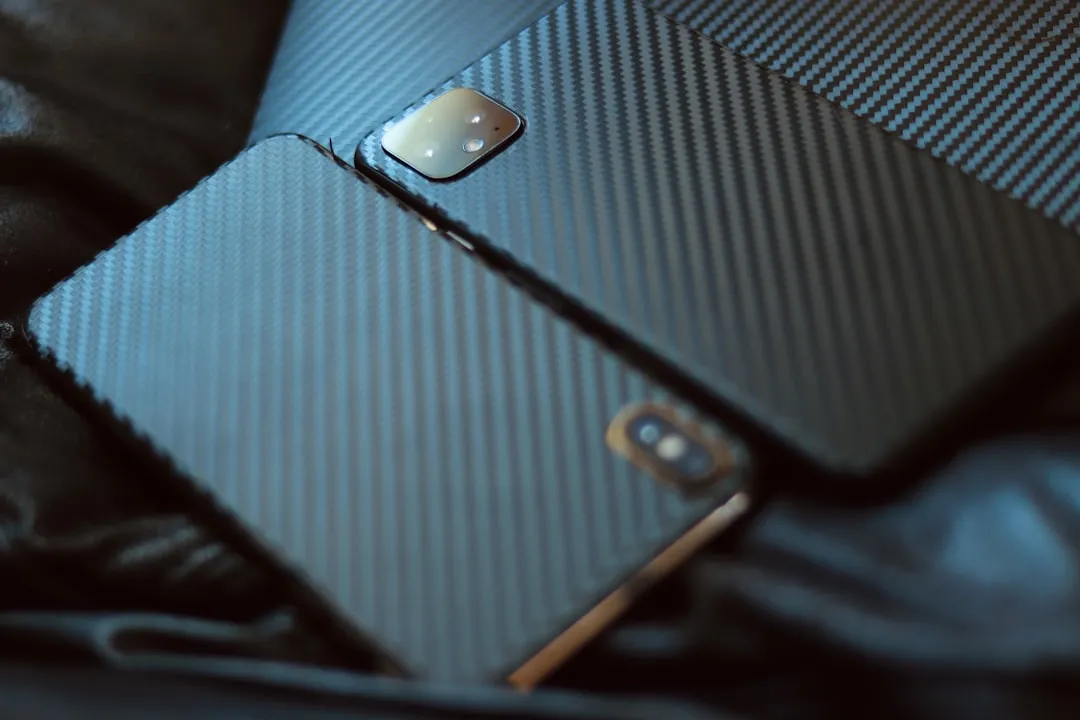





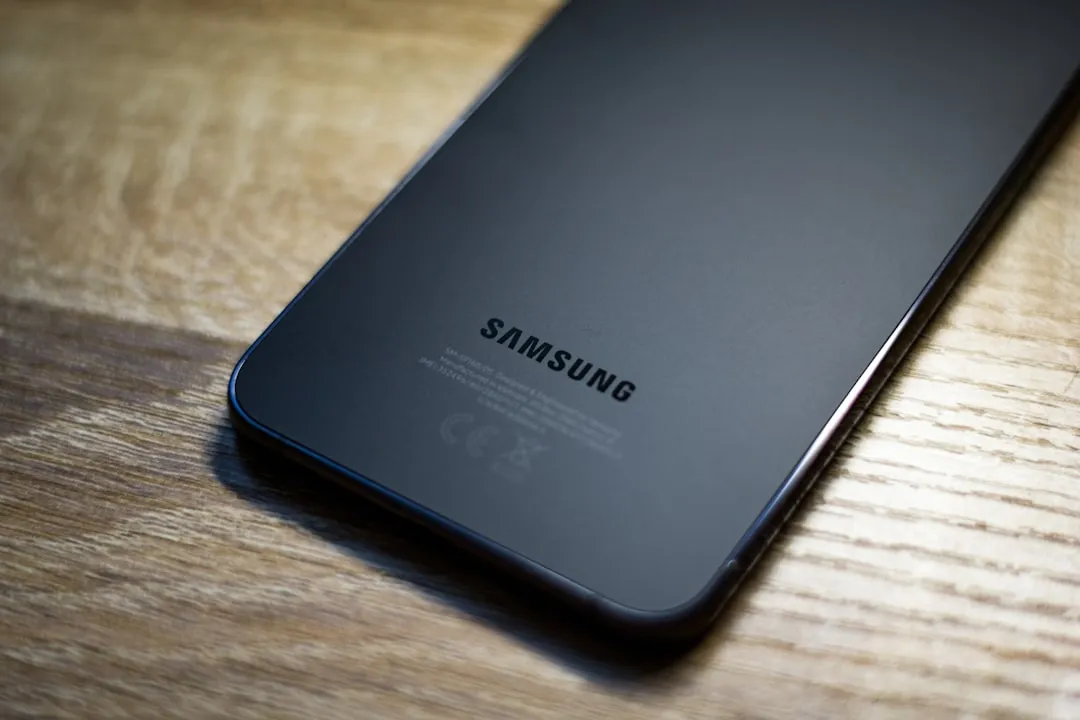

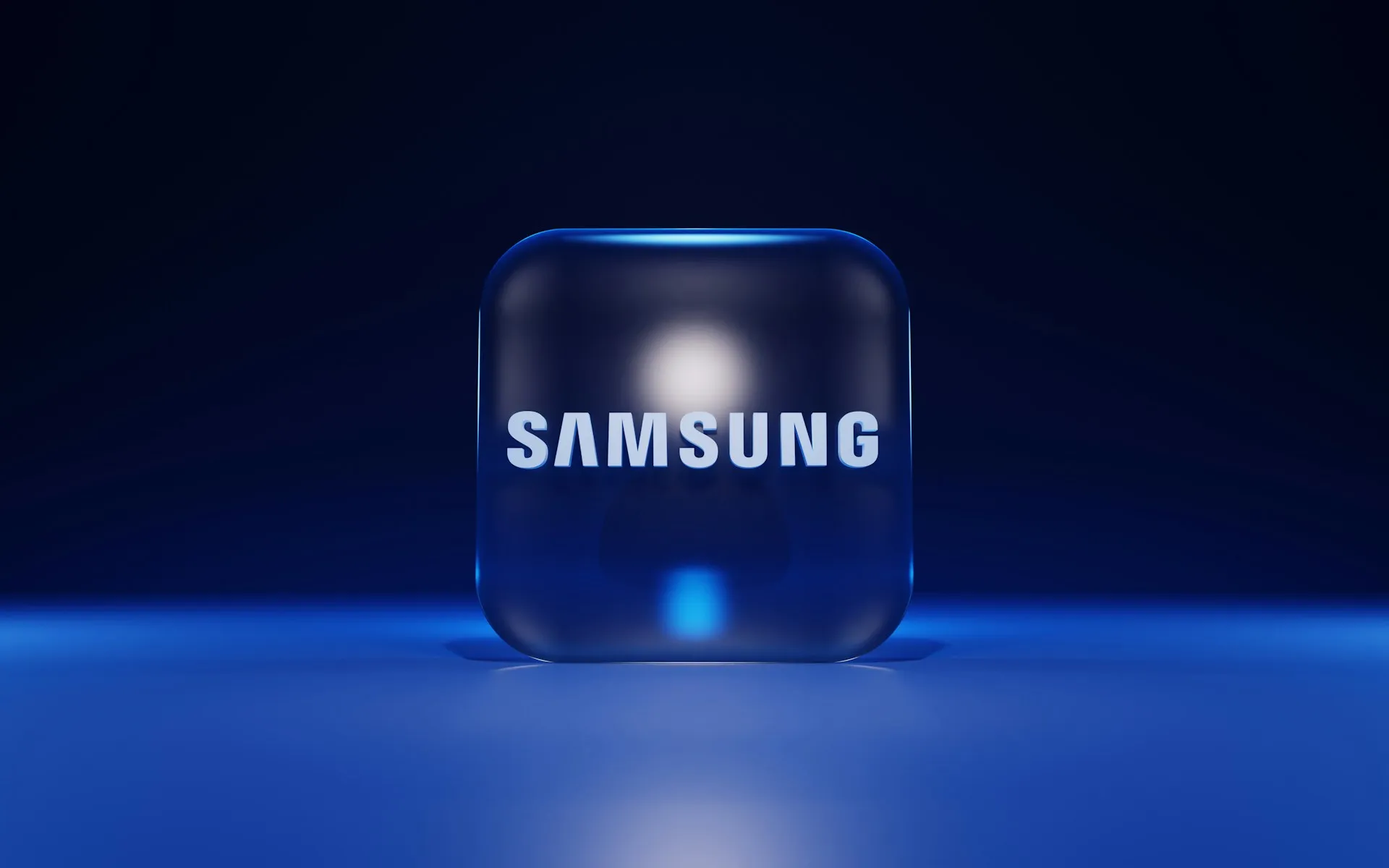

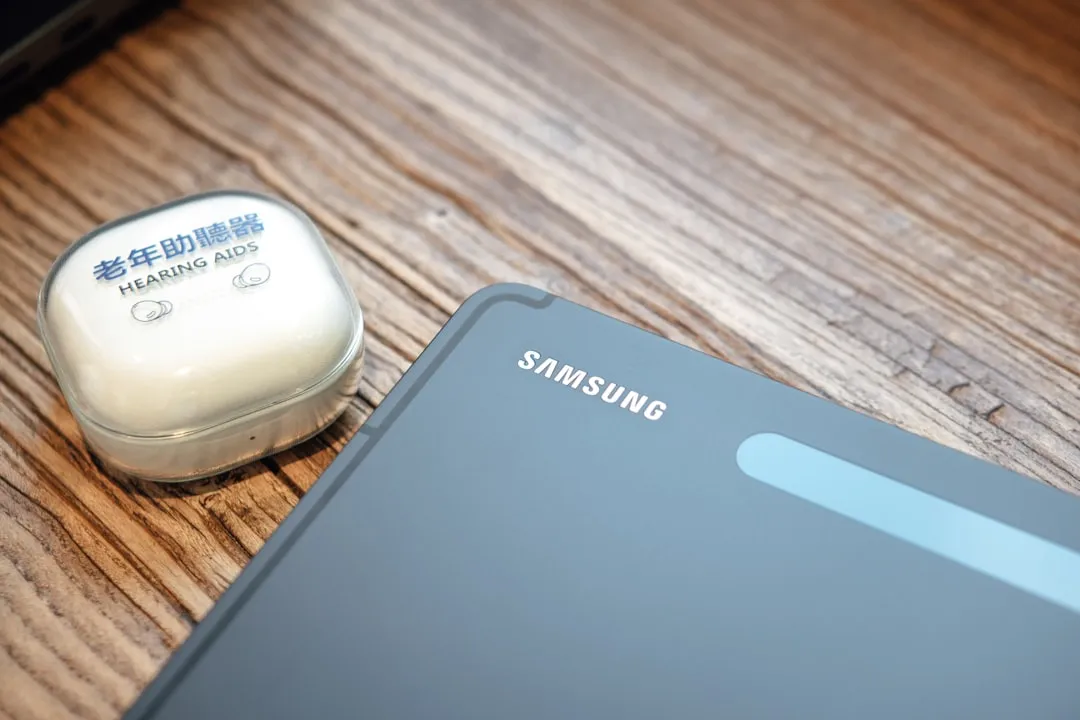


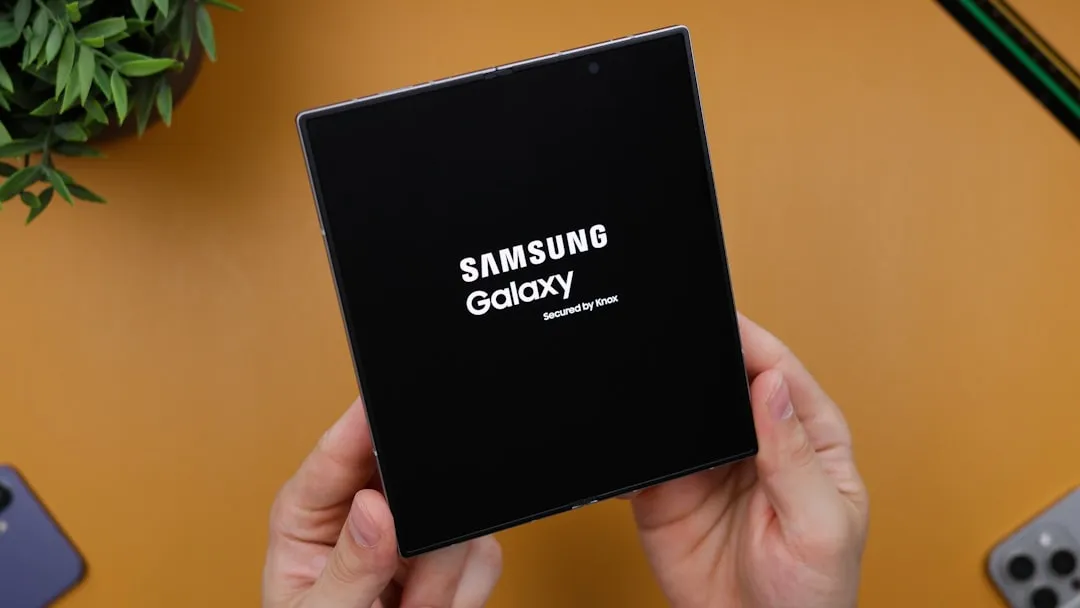

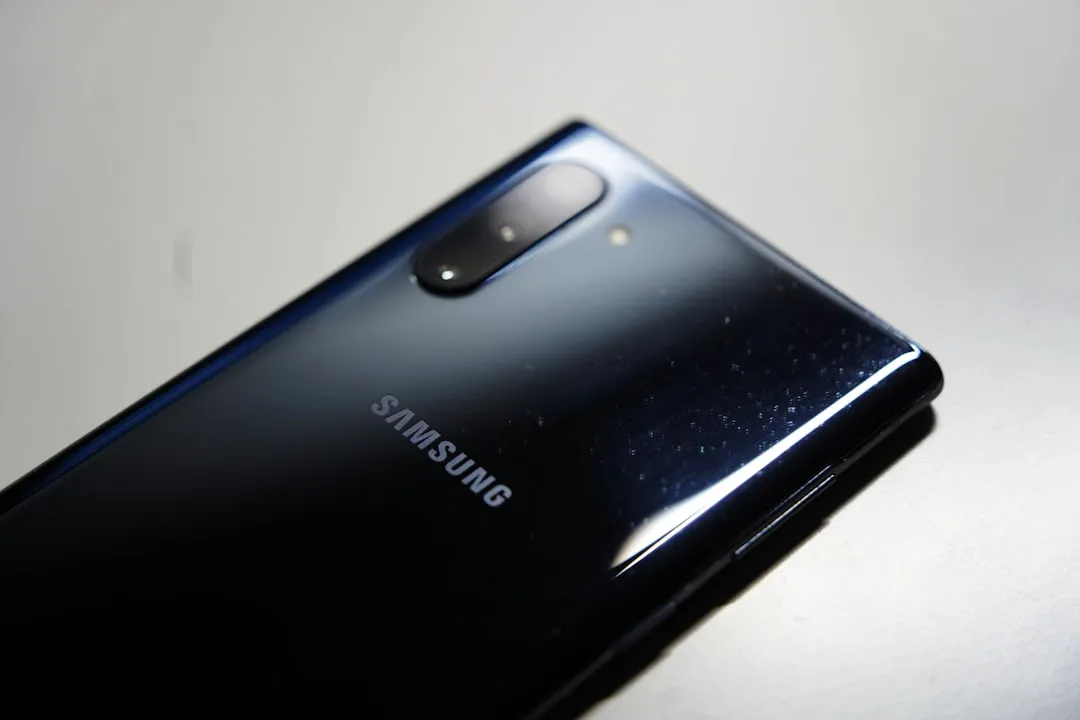
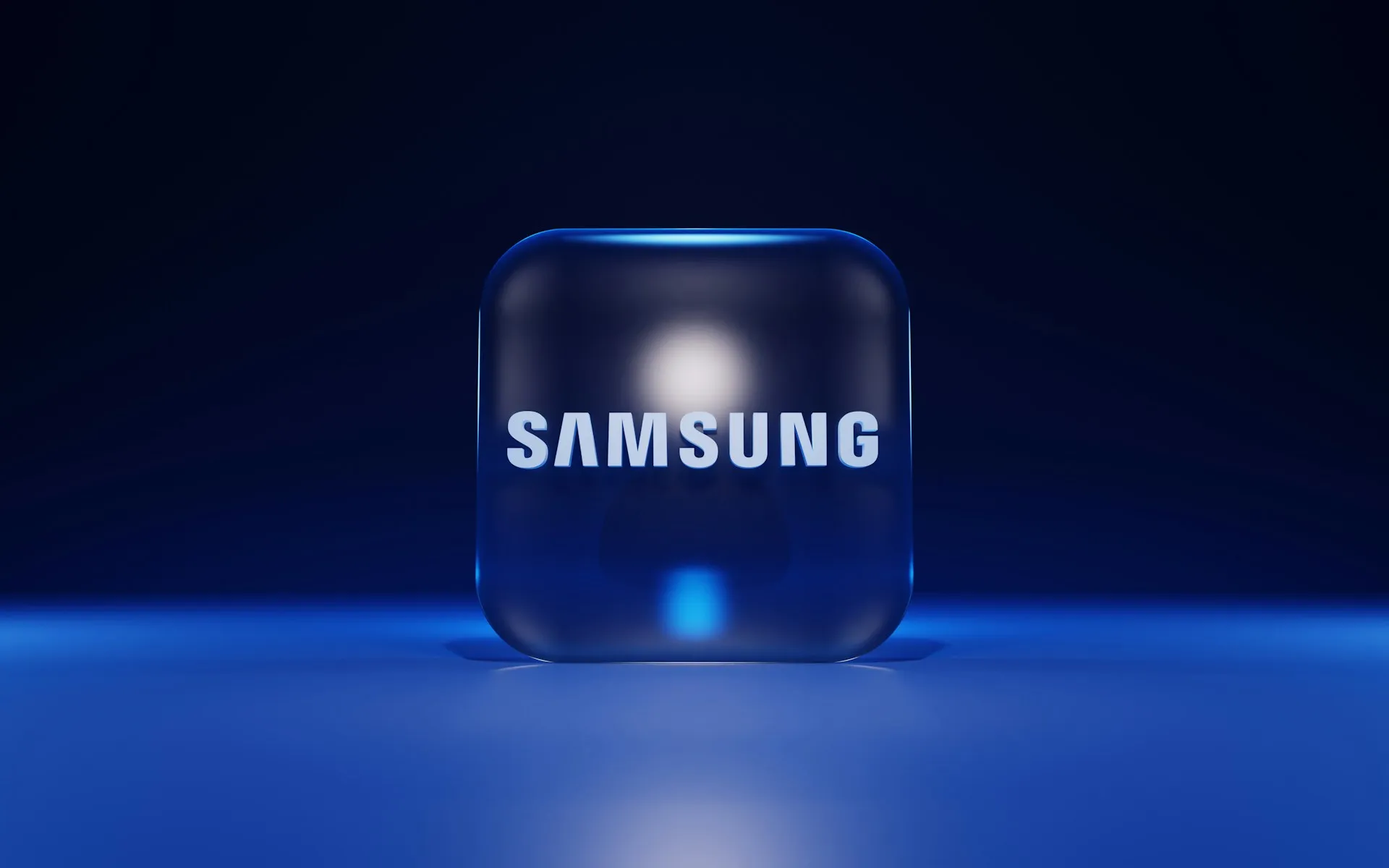

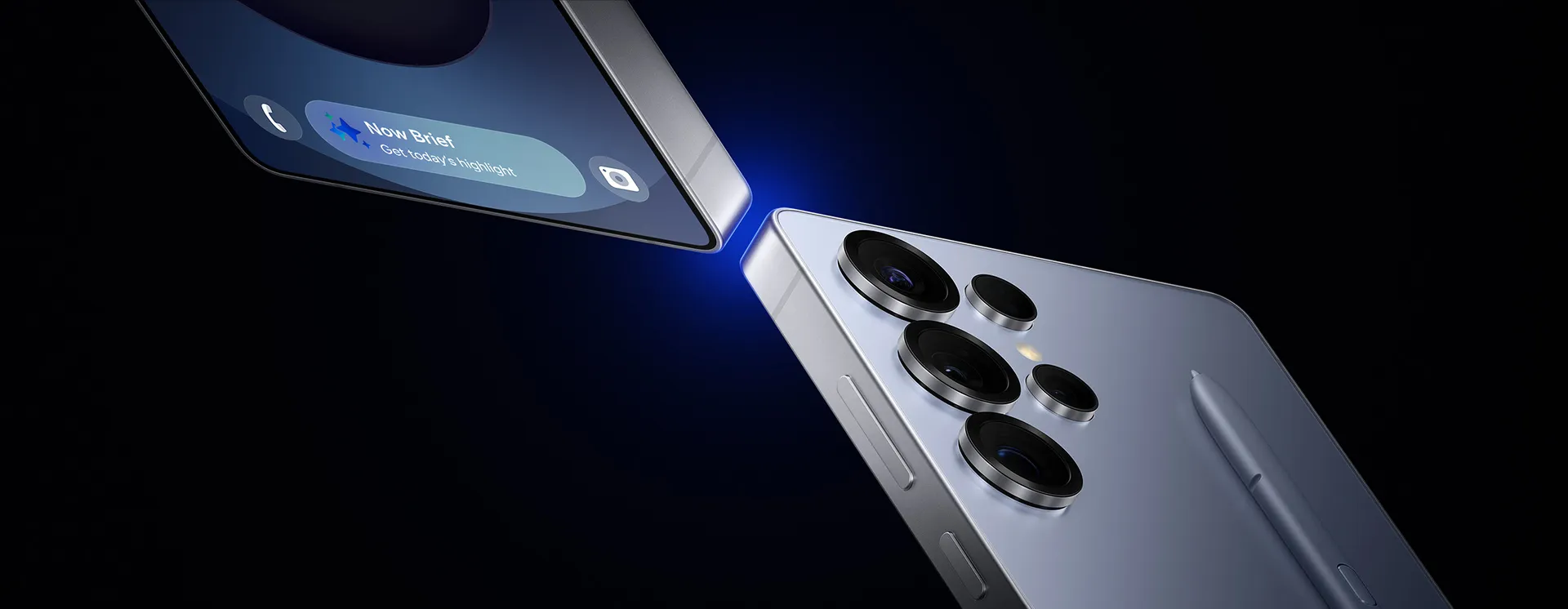
Comments
Be the first, drop a comment!